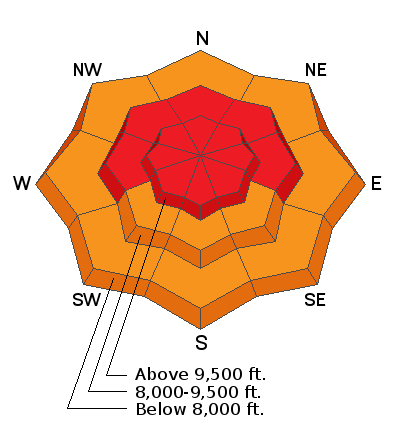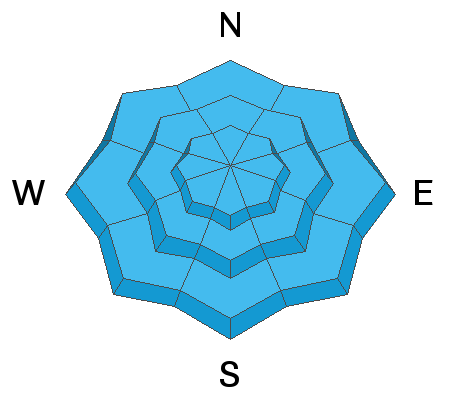Forecast for the Provo Area Mountains

Issued by Trent Meisenheimer on
Saturday morning, January 23, 2021
Saturday morning, January 23, 2021
The avalanche danger is HIGH on all steep slopes at the upper elevations, where human-triggered slab avalanches are likely. The avalanche danger is also HIGH on mid-elevation steep slopes facing west, northwest, north, northeast, and east. We have very dangerous avalanche conditions, and traveling in avalanche terrain is NOT recommended. Slab avalanches 1 to 3 feet deep hundreds of feet wide are likely. These are unsurvivable avalanche conditions.
All other aspects have a CONSIDERABLE avalanche danger.
All other aspects have a CONSIDERABLE avalanche danger.
If you're leaving a resort boundary through an exit point, you are stepping into HIGH avalanche danger.

Low
Moderate
Considerable
High
Extreme
Learn how to read the forecast here








